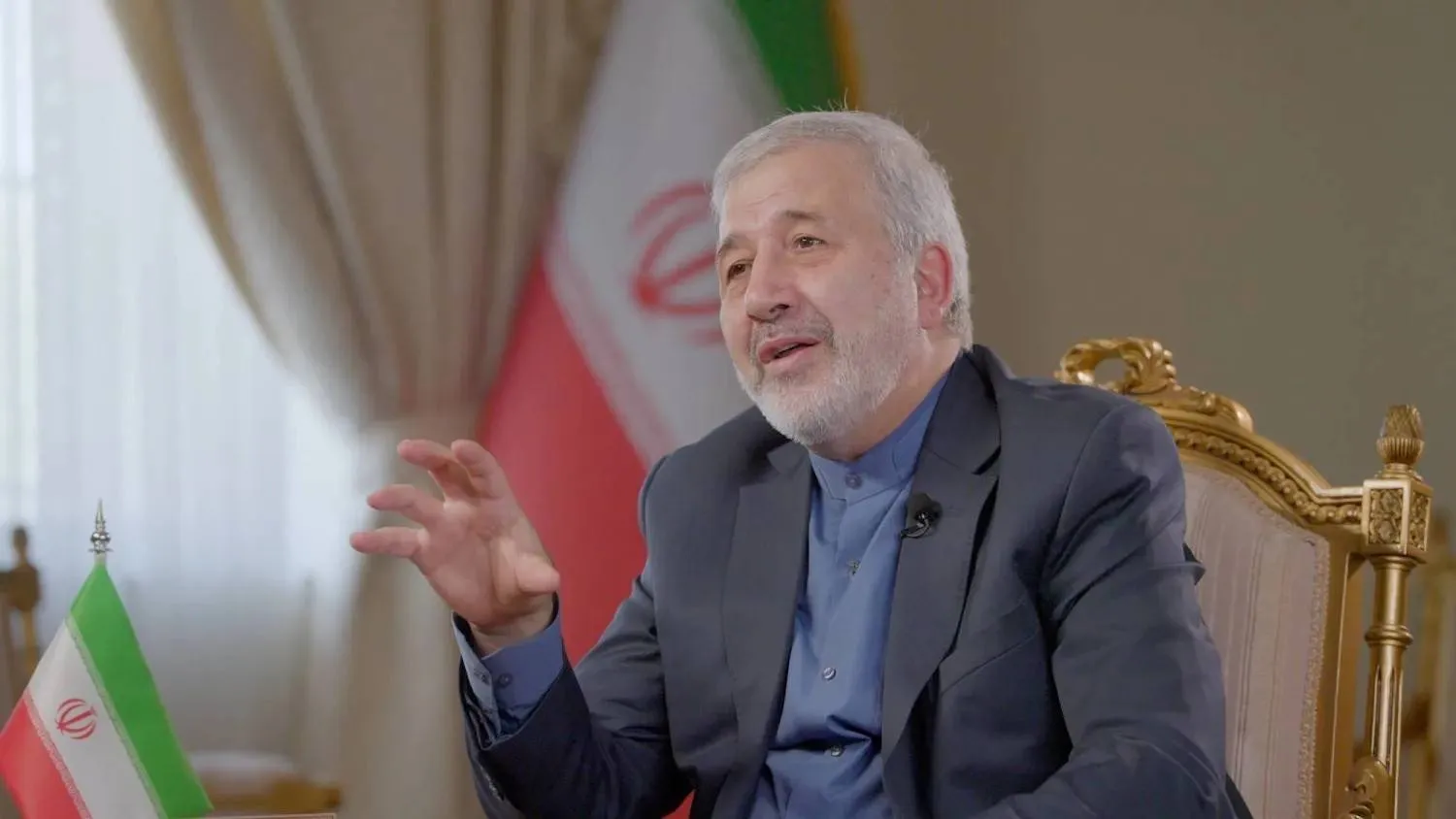Had it up to here with your boss, the lockdown?
Throw an axe to get it all out. “Axe Rage Rooms” are all the er, rage in Jordan as people seek release during the pandemic.
While you’re at it, have a smashing time with TVs, plates and electronics as well, in this cathartic form of entertainment at a time when theaters and sports venues are closed. Do it with family, friends or colleagues to celebrate or mourn an event like a birthday, wedding, divorce or your sports team’s outcome in a tournament.
“We’re used to throwing darts at targets to get points. But the idea of throwing an axe at the same target is quite new,” said Nour Mohaib, wearing a helmet with a face shield to enjoy her new therapeutic pastime.
“This is a great way to spend your surplus energy.”
The AXE rage room entertainment center in Amman features five themed experiences, such as classrooms and kitchens.
“(F)ulfil your darkest pleasures of smashing things up by a baseball bat, or throwing dishes to the wall rather than washing them, or destroy the whole office electronics with your co-workers... like a team for once rather than shouting at each other in boring meetings,” says its website.
Safety rules must be followed and players must sign a waiver of liability.
“No one can enter the area where the axes are thrown, and there’s safety gear for the face and the eyes,” said founder and director Aladdin Attari.
The cost is 15 Jordanian dinars ($21) per person to smash an unlimited supply of items for an hour, which is “more than enough for most people,” a customer service representative said by phone.







